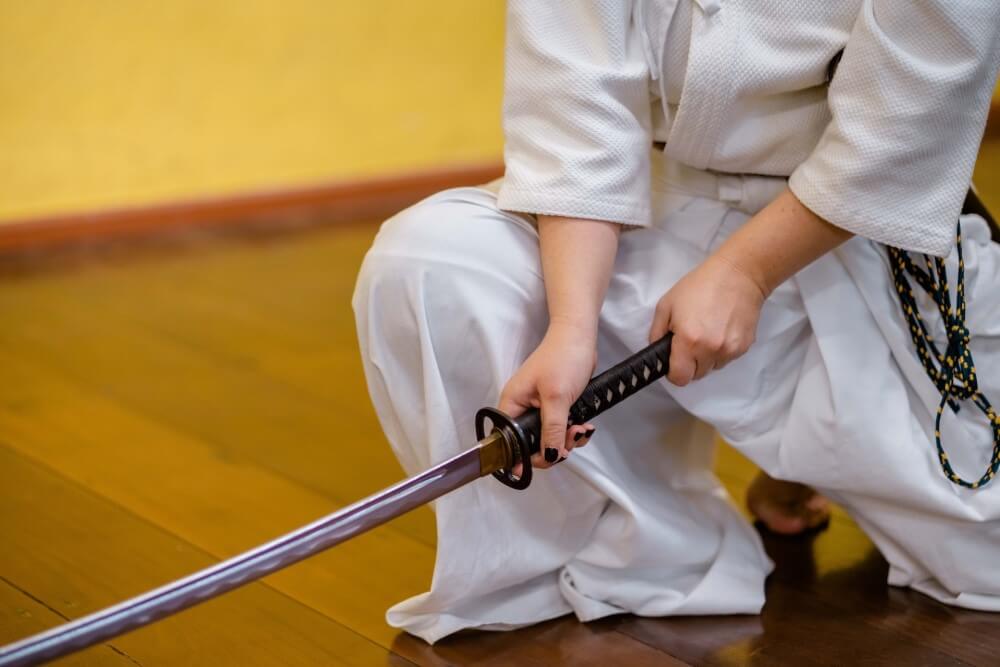Learning
The Evolution of Japanese Samurai Sword Design: Past to Present

The Japanese samurai sword, often referred to as the katana, stands as an enduring symbol of Japan’s rich cultural heritage and martial history. Beyond its functionality as a weapon, the katana is a masterpiece of design and craftsmanship. In this exploration, we journey through time to trace the evolution of Japanese samurai sword design from the past to the present, unveiling the artistry and innovation that have shaped these iconic blades.
The Early Blades of Feudal Japan
The origins of the Japanese samurai sword date back to Japan’s feudal era, where early swordsmiths forged straight blades known as tachi. These swords were primarily worn edge-down and suspended edge-up, a style distinct from the later katana. Tachi swords featured elegant curvature and were often ornately decorated.
The Emergence of the Katana
The transition from tachi to katana occurred during the Kamakura period (1185–1333). Swordsmiths modified the design, creating a more practical weapon with a gentle curve. This change allowed for faster drawing and cutting, a key advantage for samurai in combat situations.
The Zenith of Craftsmanship: Nanbokucho Period
During the Nanbokucho period (1336–1392), swordsmiths honed their craft to new heights. The katana’s design became more refined, featuring a deeper curve and a graceful taper from the hilt to the tip. Blades from this era are revered for their superior cutting ability and aesthetic appeal.
The Beauty of the Hamon
One of the most distinctive features of a katana is the hamon, the temper line along the blade. Swordsmiths developed intricate hamon patterns during the Muromachi period (1392–1573). These patterns not only served as indicators of quality but also added an artistic dimension to the katana’s design.
The Rise of Signature Styles
Throughout Japan’s history, various regions and schools of swordsmiths emerged, each with its own distinctive style. The Bizen, Soshu, and Yamato schools, among others, contributed to the diversity of katana designs. Collectors and enthusiasts often seek swords with signatures from these renowned schools.
The Influence of Peaceful Times
During Japan’s Edo period (1603–1868), a prolonged era of peace, samurai swords evolved to reflect relative tranquility. Swords from this period, known as shinto, featured more ornate and decorative designs, emphasizing aesthetics over battlefield practicality.
The Legacy of Master Swordsmiths
Several master swordsmiths left an indelible mark on Japanese samurai sword design. Notable figures like Masamune, Muramasa, and Kotetsu crafted swords that remain highly sought after for their exceptional quality and historical significance.
The Modern Era: Preservation and Revival
With the Meiji Restoration in the late 19th century, Japan underwent significant social and cultural changes. The role of the samurai diminished, but the legacy of the katana endured. Efforts to preserve traditional swordsmithing techniques and the art of crafting katana continue to this day.
Contemporary Katana Design
In modern times, the katana’s design has evolved to meet various needs. While traditional craftsmanship remains revered, there is also a market for modern interpretations of the katana, which often blend traditional aesthetics with contemporary materials and technologies. If you’re interested in owning a piece of this martial heritage, you can explore Japanese samurai sword & Japanese katana for buy from reputable dealers, they offering a wide range of authentic for Japanese katana sale.
The Global Appeal of Katana
Beyond Japan’s borders, the katana has found a global following. Collectors, martial artists, and enthusiasts worldwide appreciate the katana’s timeless design and the cultural significance it represents. Japanese katana sales extend to international markets, reflecting the enduring allure of these blades.
Preserving the Legacy of the Samurai Sword
The evolution of Japanese samurai sword design reflects not only changes in warfare and culture but also the enduring commitment to craftsmanship and artistry. Today, organizations and individuals work tirelessly to ensure that the legacy of the katana continues for generations to come.
In conclusion, the katana’s journey from its early origins to the present day is a testament to the enduring appeal of Japanese sword design. These iconic blades continue to captivate the imagination, blending history, artistry, and craftsmanship into a timeless symbol of Japan’s martial heritage.





























